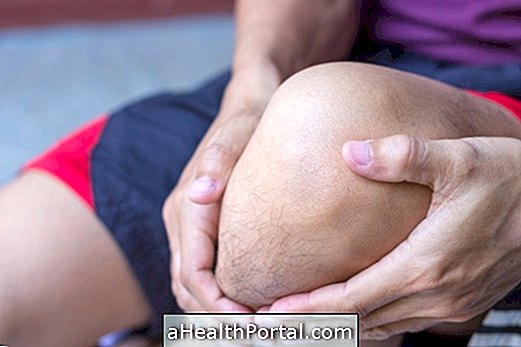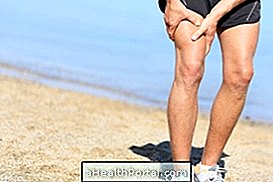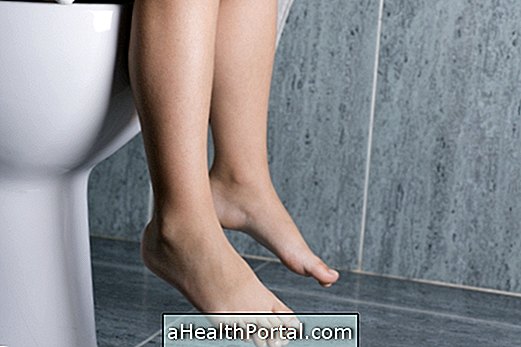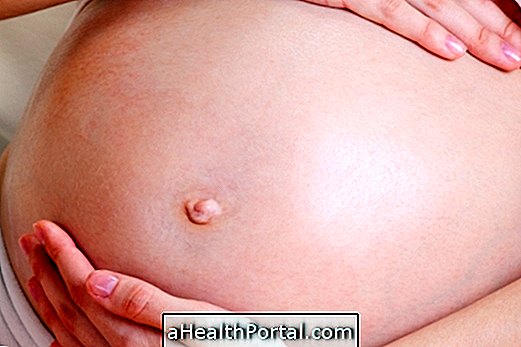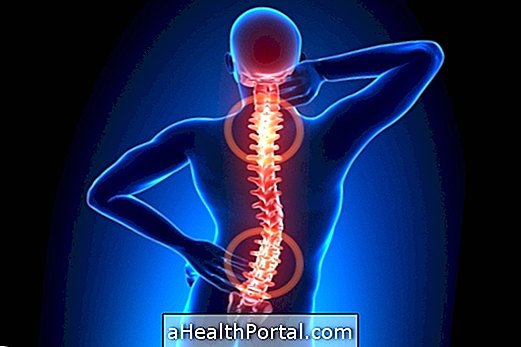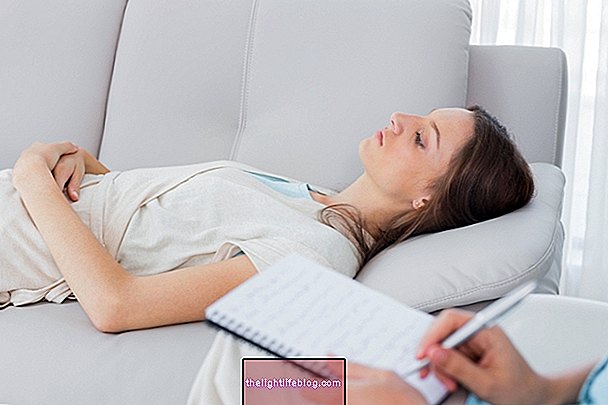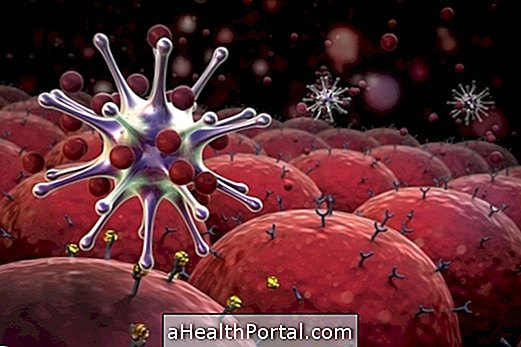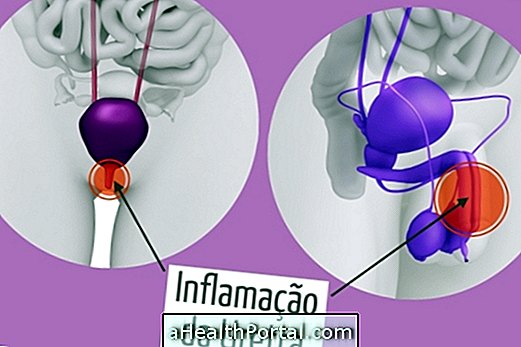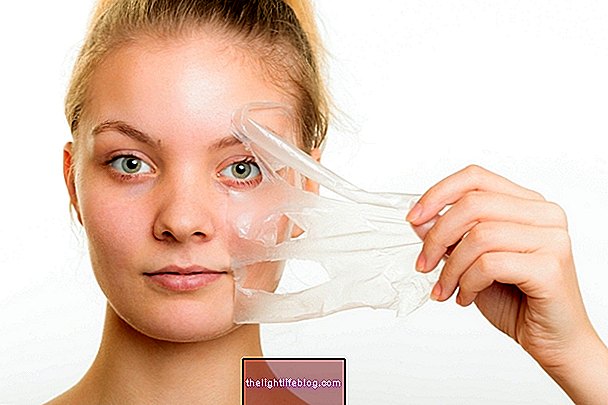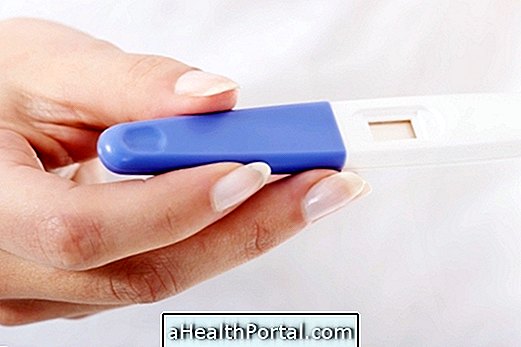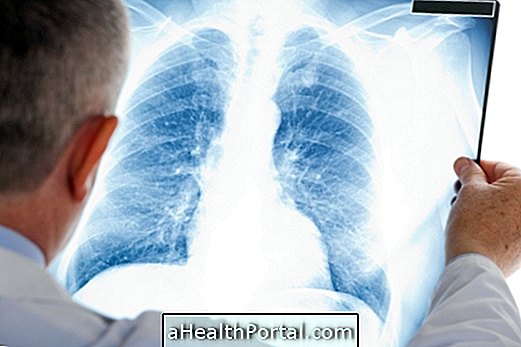The disc herniation occurs when the disc that lies between the vertebrae of the spine is pressed and changes shape, which impairs its function of damping impacts and can also press the nerve roots causing pain in other areas of the body. In the case of a lumbar disc herniation, the region of the affected body is the final part of the back, the most affected areas being L4 and L5 or L5 and S1.
A herniated disc can be classified as extruded, protusa or sequestered as indicated by the following images:

Herniated disc does not always return to its normal state, especially when it comes to more serious situations such as protruding or sequestered herniated disc, and in this case if the conservative treatment done with physiotherapy sessions for about 2 months is not enough to Pain relief, the doctor may indicate performing a surgery that involves removing the defective disc and 'gluing' the two vertebrae, for example.
However, the most common type of hernia, which is the protusa, improves all symptoms with physical therapy and maintenance by performing muscle strengthening exercises such as Hydrotherapy or Clinical Pilates, for example.
Symptoms of lumbar disc herniation
The lumbar disc herniation may have as symptoms:
- Back pain at the end of the spine, which may radiate to the gluteus or legs;
- There may be difficulty in moving;
- There may be numbness, burning or tingling in the back, buttocks or legs.
The pain can be constant or worsen when performing movements.
The diagnosis of lumbar disc herniation can be made based on the presented symptoms and in examinations like magnetic resonance or computed tomography, requested by the orthopedic doctor or neurosurgeon specialist of column.
The causes of lumbar disc herniation may be related to structural changes in the spine or due to accidents, poor posture or weight lifting, for example. The most common is the appearance in people between 37 to 55 years of age, especially in people who have very weak abdominal muscles and are overweight.
Treatments for lumbar disc herniation
Treatment for lumbar disc herniation can be done with the use of anti-inflammatories such as Ibuprofen or Naproxen, indicated by the general practitioner or orthopaedist, if not sufficient, corticosteroid injections may be indicated every 6 months.
But in addition, the treatment should also include physiotherapy sessions, and in more serious cases, surgery. The time of treatment varies from person to person, according to the symptoms it presents and its daily routine. Some treatment options are:
Physiotherapy
Physical therapy helps to relieve the symptoms caused by the disease and to recover the movements. It can be performed daily, or at least 3 times a week, in the case of acute pain.
Pain and inflammation control devices and exercises to strengthen back and abdominal muscles, as indicated by the physiotherapist, may be used. In addition, osteopathy can be used once a week with a specialized physiotherapist or osteopath.
Depending on the health status of the patient, some Pilates exercises and global postural reeducation (RPG) can be performed under supervision, but bodybuilding exercises are contraindicated, in most cases at least during acute pain. Bodybuilding exercises can usually only be performed when there is no symptom, but under the medical supervision and supervision of the gym teacher.
Surgery
Surgery for lumbar disc herniation can be done with various techniques such as laser use or through the opening of the spine to join two vertebrae, for example. The surgery is delicate and is indicated when the other forms of treatment were not sufficient, being always the last option. Even because even after surgery it is common for a person to need physical therapy.
The risks of surgery include worsening of the symptoms due to the scars that form by squeezing the sciatic nerve, and so this is not the first treatment option. The recovery during the postoperative period of the surgery is delayed and the individual should remain at rest in the first days, avoiding to make efforts. Physiotherapy for lumbar disc hernia usually begins after 15 to 20 days of surgery and can last for months. Learn more details of herniated disc surgery.
Check out these and other tips in the following video:



